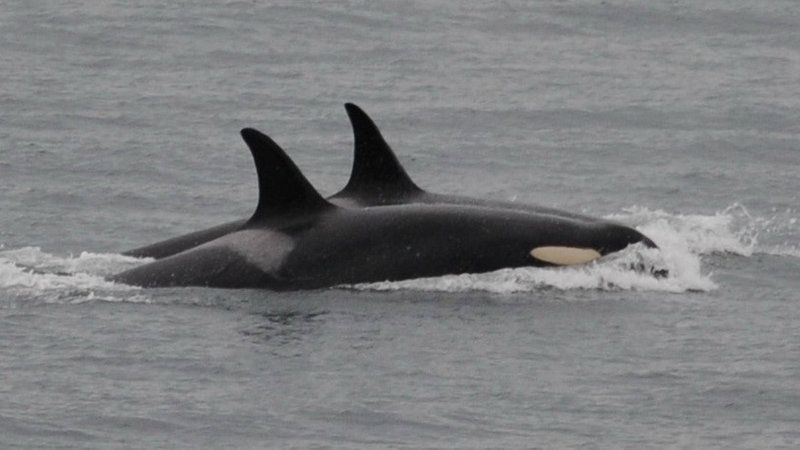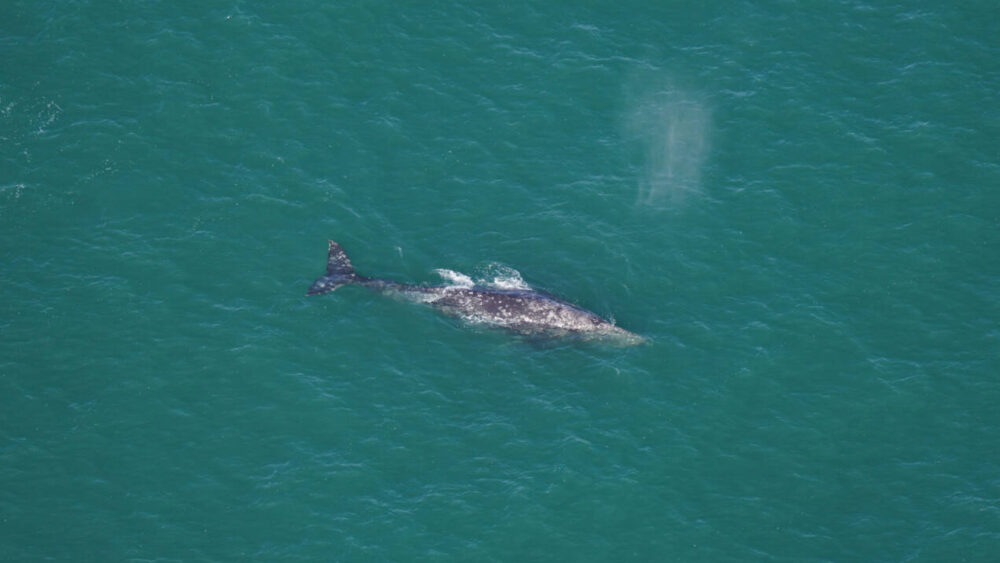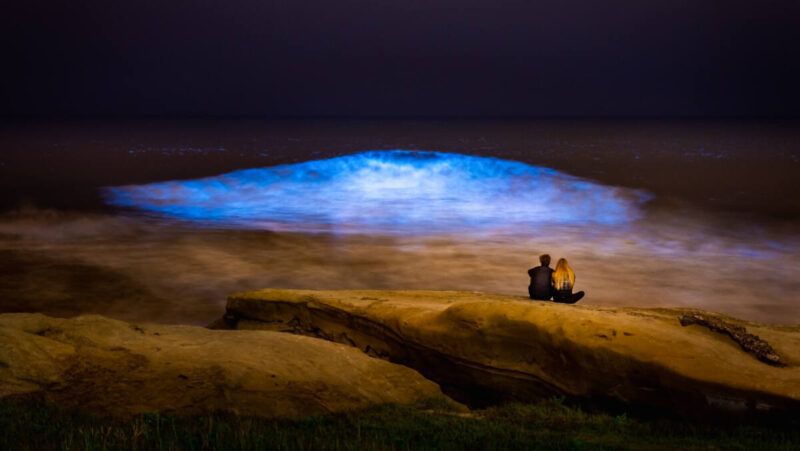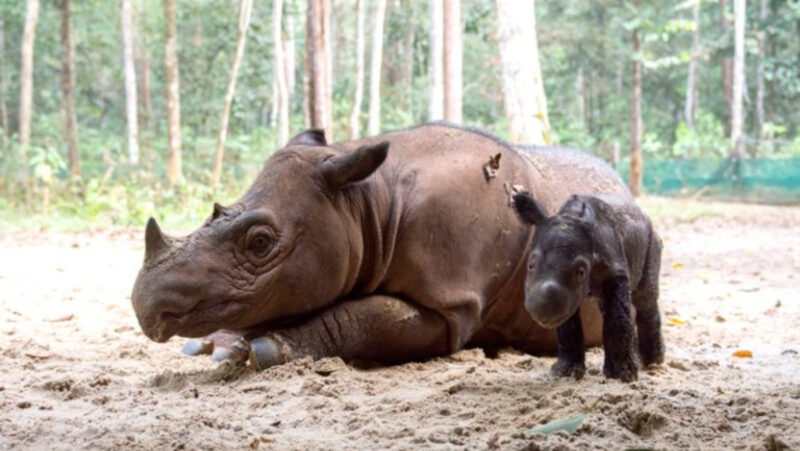The orca who carried her dead calf for 1,000 miles is pregnant again

In 2018, a Puget Sound orca whale named Tahlequah made international headlines after carrying her dead calf for 17 days and over 1,000 miles in what was the longest recorded example of such behavior, identified as mourning among whales.
Her calf — the first baby in her pod in three years — was born alive but died a short while later. Footage of the devastated mom’s journey broke hearts all over the world. But a new update on Tahlequah has people crossing their fingers for a better outcome.
This week, researchers at Marine Connection announced on Twitter that the whale, who is also known as J35, is pregnant again!
Good news! Tahlequah (J35) the southern resident orca who carried her dead calf for 17 days and more than 1,000 miles almost two years ago, is pregnant again. Her baby is still a long way away but fingers crossed.
Photo: Center for Whale Research pic.twitter.com/IK5OcJJ4aI
— Marine Connection (@MC_org) July 28, 2020
The Southern Resident Puget Sound group of orcas inhabit a huge territory that includes waters off Seattle, Vancouver and Victoria, British Columbia. According to The National Wildlife Federation, the group that lives there was listed as endangered in 2005, following decades of climate change and pollution that caused their food supply to dwindle.
This makes the prospect of another baby in the three pods (named J, K and L by researchers) a huge deal. Orcas only give birth three to five times during their lives and a healthy baby could secure the future of this group.
In a side-by-side comparison photo shared on Twitter by SR3, a nonprofit dedicated to promoting the health and welfare of Pacific Northwest marine wildlife, Tahlequah is shown in September 2019 and July 2020. The difference in her shape is obvious, signaling a pregnancy.
Tahlequah, J35, is pregnant again! Every boater can help these vulnerable whales by giving the extra space. #orca #killerwhale #Tahlequahhttps://t.co/xOgnDsXecZ
— SR3 (@SR3Sealife) July 27, 2020
The gestation period for orca whales is 15 to 18 months, according to The National Wildlife Federation, and only one out of three orca pregnancies results in a healthy calf, so Tahlequah still has a long way to go. But there’s more good news: thanks to remote-activated drone photography, several other pregnancies have been identified within the J, K and L pods.
“A number of pregnant whales have been identified in all three Southern Resident pods,” SR3 wrote in another tweet aimed at boaters in the area. “It’s critical that they are given plenty of space during this important time.”





